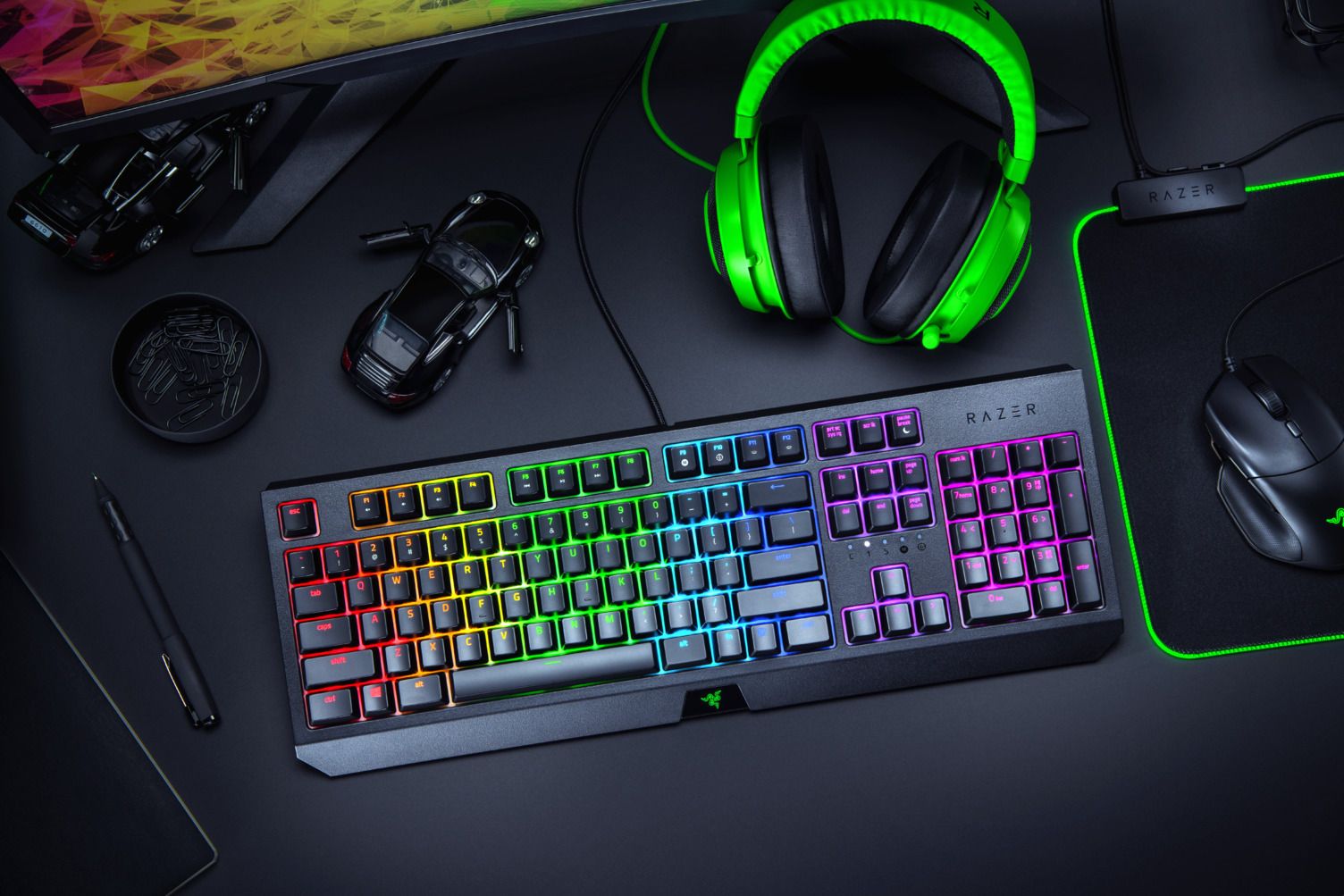First, there was an increase in gaming.
According to research firm Nielsen, 82% of global consumers played video games at the height of the COVID-19 pandemic lockdowns.
Next came the lasting impacts: By the start of 2021, the gaming industry was a bigger moneymaker than the global movie and North American sports industries combined.
The surge in demand has been a boon for brands that serve consumers in related e-commerce categories. And for one leading maker of gaming laptops and accessories, it opened a floodgate of possibilities. Then again, the brand’s e-commerce team wasn’t anticipating the challenges that would surface, too.
In the end, the company beat its own expectations to record record-high revenue of $447 million and 25% YoY growth. But those gains came with a unique set of growing pains.
To learn how gaming hardware manufacturer Razer was able to capitalize on the unprecedented opportunity, we went behind the scenes in an interview with the brand’s e-commerce team.
Getting ahead of the e-commerce game
As the world’s leading lifestyle brand for gamers, Razer’s triple-headed snake trademark is one of the most recognized logos in the global gaming community. With a fan base of 100 million loyal consumers spanning every continent, the company supplies avid gamers with award-winning laptops, accessories and software.
Put simply, it’s the name people count on for outstanding gaming experiences. So when consumers turned to e-commerce to meet their shopping needs, the company responded by listing its products on marketplaces such as Amazon, eBay and Catch. Demand was high, sales were up and the profit potential was promising.
But then things got complicated, and the online team discovered just how challenging it can be to maintain a strong marketplace presence. There was inventory to manage, stock levels to track and product listings to fine-tune. With each new marketplace launch, the process became more complex.
The team knew there had to be a better way. So they set out to find a solution that would make marketplace management more efficient.
Together with the Rithum Managed Services for Marketplaces specialists, Razer was able to automate data feeds, develop competitive pricing strategies and more.
“Rithum keeps us connected to each marketplace, and frees our team to devote more time to high-value initiatives,” said Digital Specialist Hueyming Koh. “The platform makes everything so much easier.”
She added that Rithum’s unique mix of e-commerce expertise and advanced technology has helped ensure Razer doesn’t miss out on emerging opportunities.
“They keep us up to date on opportunities among the individual marketplaces, and ahead of changing laws and regulations — such as the value-added tax (VAT) changes resulting from Brexit,” she said.
Reaching new growth and revenue goals
Since switching from manual oversight to e-commerce automation, Razer has been able to expand…
And expand…
And expand some more.
So far, the brand has managed to double the number of marketplaces where it sells and achieve 10x more marketplace GMV. And they’ve done it all while spending less time on online selling activities.
“Efficiency in work has gone up by about 50%,” said Senior Manager of Online Sales Operations Ain Karel Areola. “We can easily list products with a universal template for all marketplaces, and we can gather insights quickly with the Rithum dashboard.”
Razer’s story is yet another shining example of what brands can achieve when they’re able to get products in front of the right customers at the right times. For even more inspiration, be sure to read the full story. Or, better yet, pursue the full library of Rithum success stories to see how other brands and retailers are increasing revenue and skyrocketing sales.




